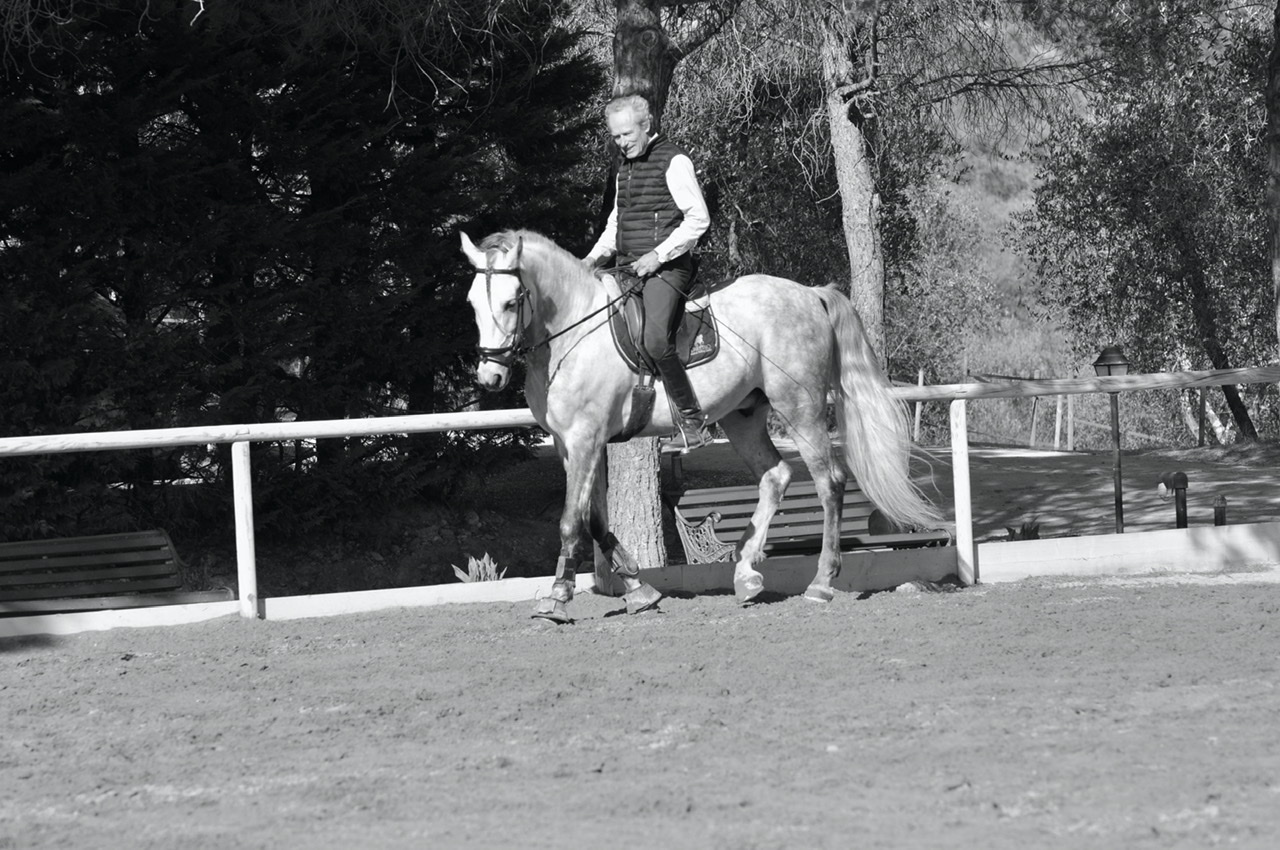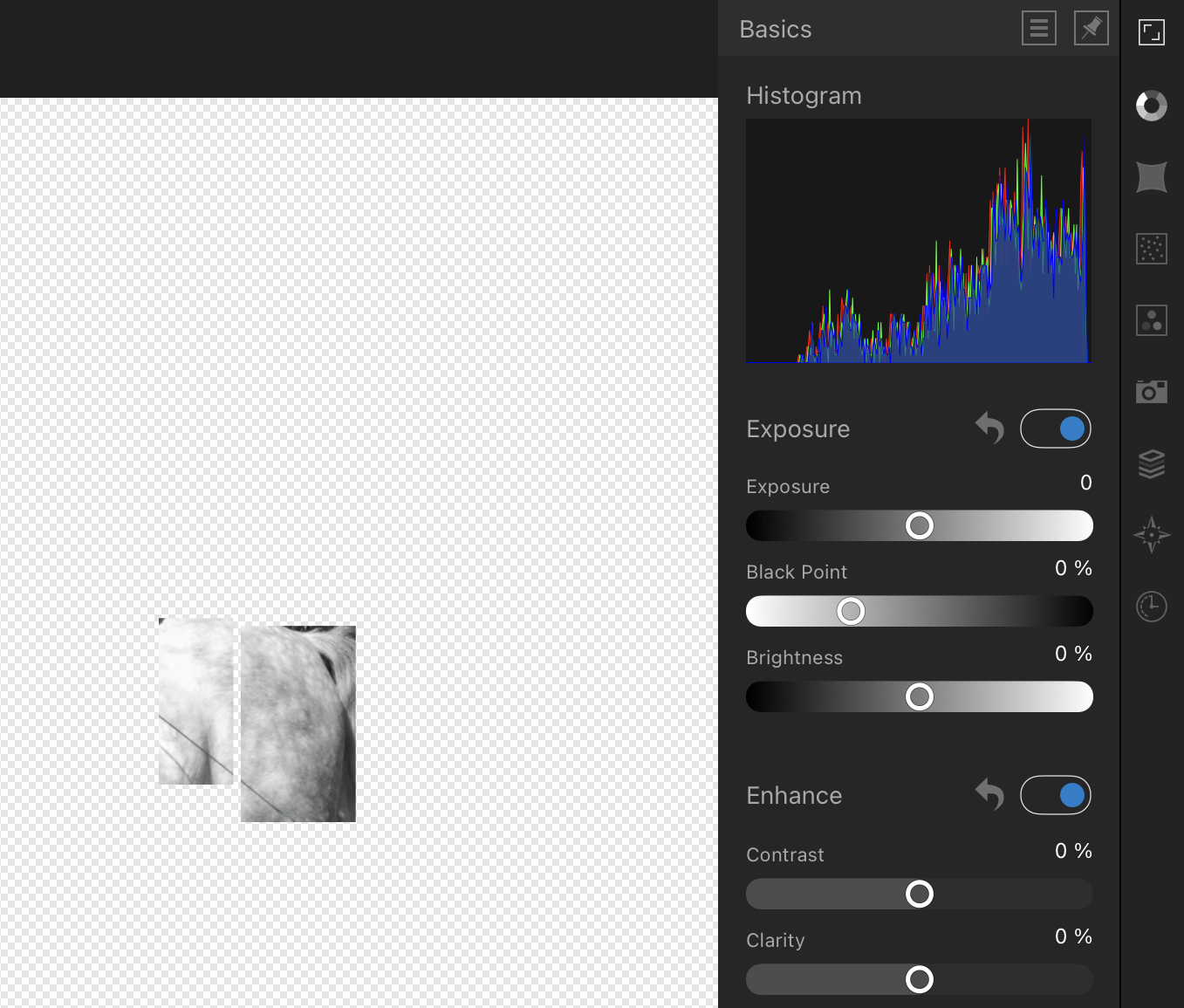| Moderated by: chrisbet, | Page:   1 2 3 4 1 2 3 4   |
|
|||||||
| Incident light meters - Page 2 | |
Rating: 
|
| Author | Post |
|---|
| Posted: Sat Mar 27th, 2021 07:22 |
|
11th Post |
chrisbet
|
Hmm - I think the brownie had f16 & f11, certainly they were the options on the 44B but then you got 1/30, 1/60 & bulb - loads of options!
____________________ If it is broken it was probably me .... |
||||||||
|
| |||||||||
| Posted: Sat Mar 27th, 2021 14:20 |
|
12th Post |
Eric
|
Incident light meters exclude any reflected or absorbed light variations that some surfaces may exhibit.... which can fool direct readings. The ideal exposure may not be the most obvious part of the subject when viewed by an averaging camera meter. Reversing the same incident meter and pointing its cone AT the subject invariably gave a less precise exposure. Of course the cone took a very wide angle of view. The very quality required for accurate incident reading! The advent of modern in-camera metering has gone a long way to making incident light meters redundant, using intelligent averaging of the surroundings being similarly lit to the subject. Spot metering restricts what the camera meter sees but it does require you to chose the right part of the image to base the exposure on. Even metering a coloured area can imprecisely position the exposure. As has been mentioned green grass is conveniently c.18% grey....not so for other colours. (Notice the darkness of the red seats in the mono image below) Using a grey card and spot metering will give you more consistent results but not everyone wants to go through that sort of precision. Using part of the image can be helpful, like the grey horse. But which part of the 18% grey horse is the right exposure?  Click here to comment on this image.  Click here to comment on this image.
____________________ Eric |
||||||||
|
| |||||||||
| Posted: Sat Mar 27th, 2021 18:07 |
|
13th Post |
jk
|
As Eric says...."Reversing the same incident meter and pointing its cone AT the subject invariably gave a less precise exposure. Of course the cone took a very wide angle of view. The very quality required for accurate incident reading!" This why you need to point the invercone back from subject to the camera shooting position. This makes incident light metering more difficult, but provides a more effective measure of exposure.
____________________ Still learning after all these years! https://nikondslr.uk/gallery_view.php?user=2&folderid=none |
||||||||
|
| |||||||||
| Posted: Sun Mar 28th, 2021 10:40 |
|
14th Post |
Eric
|
jk wrote:As Eric says...."Reversing the same incident meter and pointing its cone AT the subject invariably gave a less precise exposure. Of course they are totally useless when photographing the moon.
____________________ Eric |
||||||||
|
| |||||||||
| Posted: Sun Mar 28th, 2021 11:07 |
|
15th Post |
Eric
|
For anyone interested can I draw your attention to a programme called 'My Father and Me' now on BBC iPlayer https://www.bbc.co.uk/iplayer/episode/m000thyl Graham recently drew my attention to this programme. It's about the life and work of Maurice Broomfield the acclaimed industrial photographer. Some of his images give a good insight as why accurate incident light reading was so necessary for his work (with the equipment he used) back in the day. Yes, modern cameras with spot metering could achieve the same result...but establishing the right metering point and an understanding of tonal range are still needed in difficult lighting.
____________________ Eric |
||||||||
|
| |||||||||
| Posted: Wed Mar 31st, 2021 02:57 |
|
16th Post |
novicius
|
I have several of those...Minolta...Weston EuroMaster ( the Latest model )..Vivitar 283 LX which is also a Flashmeter and has a 1/10 F-stop sensitivity ( the thing drives me nuts )...Lunasix 3 and a Lunasix F ( also with a FlashMeter )...the Luna`s are the Best ones, simply hold the meter straight-up and read off,and it`s Spot on....and there we touch the root of the problem, as in " How good are those meters" ..?..the Weston Master, which was probably the most famous of them all ( back in the day ),is a Daylight meter, even Twi-Light is to low a level,it`s Invercone does n`t help much to improve on matters, ...within a couple of years I was better in judging the Exposure with my very eyes vs. the Weston,..the Leica M-camera`s had a meter pushed on top of the camera, there are Two models called Leicameter and Leicameter MR, both were made by MetraWat, distinguished by the former having a glassfront having multiple lenses, and altho`being a reflected meter , it should be pointed downwards , about 60 degrees to avoid measuring the sky ,a kind of half Incident/ half Reflected meter...the MR has a Metal front door with a small hole in it . Closed it was for Daylight level and Open was for Low light level..neither of those are worth to write home about,....What I am saying is, the Quality of the Meter itself is More Important then the Method , as the Built-in meter of my Konica AutoReflex T was Way Better than the Weston Master,which when used with Color-Slide would give Disastrous results, whereas the Konica was Correct 9 times out of 10 ,..and yet , even Today , I have the Lunasix F in my bag,..that`s a Good one !!!
____________________ Back in Danmark I do not use my equipment to make photo`s .. I take photo`s to use my equipment The better I become at photography,the better my camera gets. |
||||||||
|
| |||||||||
| Posted: Wed Mar 31st, 2021 04:28 |
|
17th Post |
Eric
|
novicius wrote:I have several of those...Minolta...Weston EuroMaster ( the Latest model )..Vivitar 283 LX which is also a Flashmeter and has a 1/10 F-stop sensitivity ( the thing drives me nuts )...Lunasix 3 and a Lunasix F ( also with a FlashMeter )...the Luna`s are the Best ones, simply hold the meter straight-up and read off,and it`s Spot on....and there we touch the root of the problem, as in " How good are those meters" ..?..the Weston Master, which was probably the most famous of them all ( back in the day ),is a Daylight meter, even Twi-Light is to low a level,it`s Invercone does n`t help much to improve on matters, ...within a couple of years I was better in judging the Exposure with my very eyes vs. the Weston,..the Leica M-camera`s had a meter pushed on top of the camera, there are Two models called Leicameter and Leicameter MR, both were made by MetraWat, distinguished by the former having a glassfront having multiple lenses, and altho`being a reflected meter , it should be pointed downwards , about 60 degrees to avoid measuring the sky ,a kind of half Incident/ half Reflected meter...the MR has a Metal front door with a small hole in it . Closed it was for Daylight level and Open was for Low light level..neither of those are worth to write home about,....What I am saying is, the Quality of the Meter itself is More Important then the Method , as the Built-in meter of my Konica AutoReflex T was Way Better than the Weston Master,which when used with Color-Slide would give Disastrous results, whereas the Konica was Correct 9 times out of 10 ,..and yet , even Today , I have the Lunasix F in my bag,..that`s a Good one !!! Yes that's a good point, not all meters are equal.
____________________ Eric |
||||||||
|
| |||||||||
| Posted: Wed Mar 31st, 2021 05:13 |
|
18th Post |
jk
|
Yes indeed. I used to have a Weston Master V with invercone but whilst it was a good meter in ordinary light it was useless indoors. I bought a Gossen Luna Six Pro that did both flash and natural light. Unfortunately like most more sensitive meters it needs a battery! This has a built invercone that slides over the cell. I also have a Sekonic L-308B and a L-758D which is fantastic. Both do flash, incident or reflective light. The L-308B is a superb meter. It is small, light and ver accurate. It is very reasonably priced. The L-758D is brilliant as a studio flash meter and where you are working at a distance from the subject. This is an expensive meter but it can do anything. Bought in a moment of extravagance!
____________________ Still learning after all these years! https://nikondslr.uk/gallery_view.php?user=2&folderid=none |
||||||||
|
| |||||||||
| Posted: Wed Mar 31st, 2021 20:07 |
|
19th Post |
novicius
|
J K : Bought in a moment of extravagance! I can relate to moments of Xtravagance...tho` I dare say a great deal of forethought goes on before that..at least a whole five minutes.. Sekonics were all the rage in the Eighties , even pushing the Minolta`s aside , which arguably were the most Sophisticated meters of all times, maybe cause them were prone to breakdowns,..mine is broken !.. ...as it is, a Good Incident meter can be a worthwhile investment, and in these days they`re also affordable, so yes, recommended !
____________________ Back in Danmark I do not use my equipment to make photo`s .. I take photo`s to use my equipment The better I become at photography,the better my camera gets. |
||||||||
|
| |||||||||
| Posted: Thu Apr 1st, 2021 04:55 |
|
20th Post |
jk
|
The Sekonic L758D is great if you want to spot meter a small area. The meter works well but is only used occasionally.
____________________ Still learning after all these years! https://nikondslr.uk/gallery_view.php?user=2&folderid=none |
||||||||
|
| |||||||||
| This is topic ID = 1894 Current time is 06:00 | Page:   1 2 3 4 1 2 3 4   | |
| Nikon DSLR Forums > Light, Lighting Techniques, Strobes and LEDs Forums > Lighting > Incident light meters | Top | |
Users viewing this topic |
||
Current theme is Modern editor
| A small amount of member data is captured and held in an attempt to reduce spammers and to manage users. This site also uses cookies to ensure ease of use. In order to comply with new DPR regulations you are required to agree/disagree with this process. If you do not agree then please email the Admins using info@nikondslr.uk Thank you. |
Hosted by Octarine Services
UltraBB 1.173 Copyright © 2008-2025 Data 1 Systems
Page processed in 0.0682 seconds (65% database + 35% PHP). 83 queries executed.
UltraBB 1.173 Copyright © 2008-2025 Data 1 Systems
Page processed in 0.0682 seconds (65% database + 35% PHP). 83 queries executed.